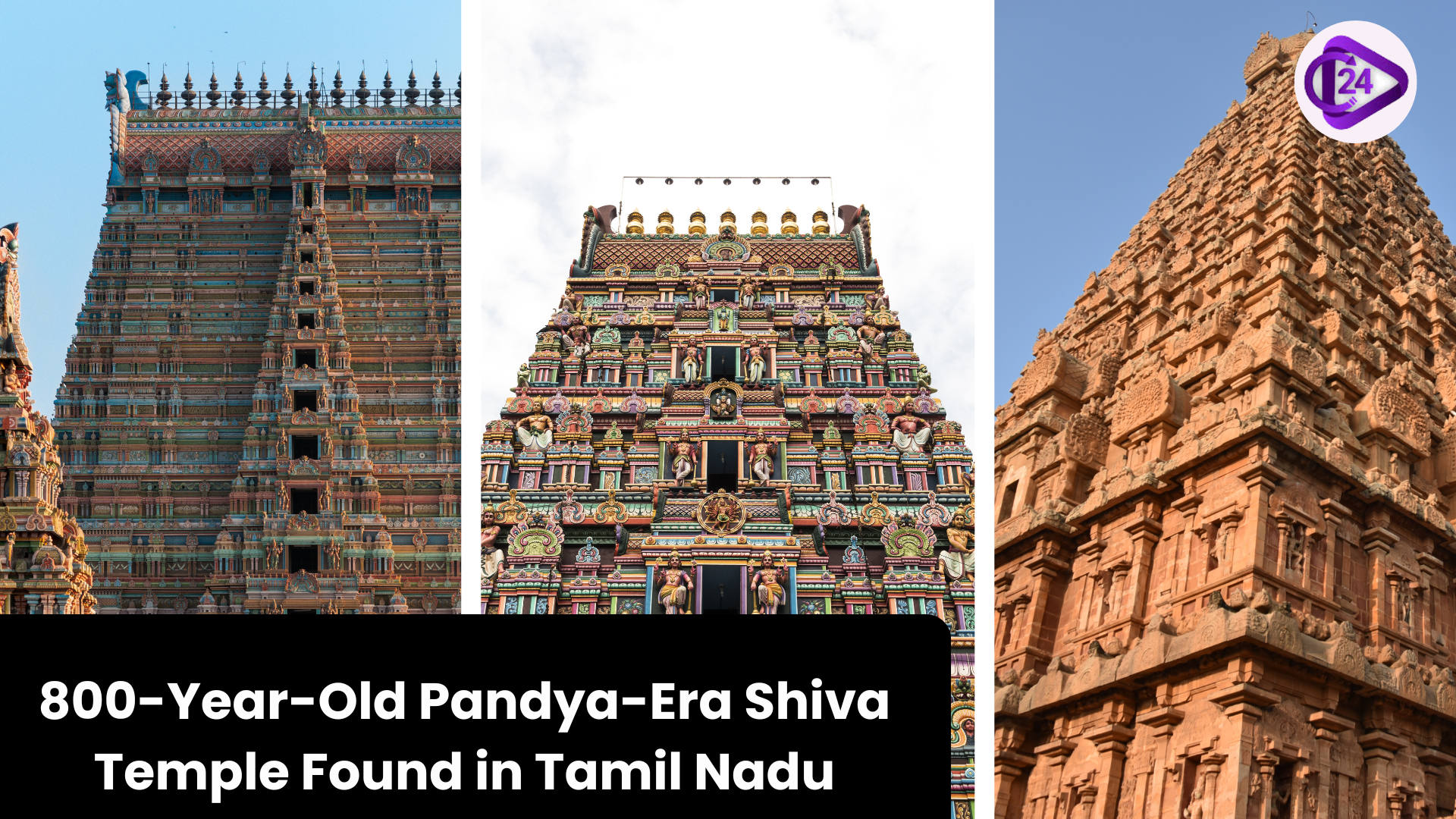
At Udampatti village, Melur taluk in Madurai district, Tamil Nadu, the foundation of a 800-year-old Shiva temple from the late Pandya dynasty was found during an archaeological excavation. In the year 1217 or 1218 CE, during Maravarman Sundara Pandya’s rule, the Thennavanisvaram temple was constructed. Many inscriptions uncovered at the site cover temple endowments, land sales, and the temple’s independence with money, clarifying aspects of the medieval Tamil community and its economy. We can appreciate this discovery since lots of similar temples have faded or disappeared as time has passed.
Context
-
Archaeologists have found a 800-year-old Shiva temple in Tamil Nadu that had Tamil scripts detailing the economy and running of the place.
-
The knowledge about the culture and the organization of the Mongol empire in the 13th century comes from this discovery.
Key points of discovery
Discovery site:
-
Udampatti is the town where Sridevi Amman is located, in Melur Taluk of Madurai in Tamil Nadu.
-
The Region During Its History: Later Pandya Dynasty
-
This event happened between 1217 and 1218 CE.
-
The reigning king of that time was Maravarman Sundara Pandya.
-
The name for this temple is Thennavanisvaram.
-
Before it was changed, the village was known as Attur.
Inscriptions and economic details
-
Inscriptions include sale deeds involving a waterbody (Nagankudi) and adjacent lands.
-
The chieftain Alagaperumal sold the land to the Trust.
-
The name is Nambi Perambala Kuthan, some people know him as Kangeyan.
-
64 ancient coins were the value of the transaction.
-
The temple leaders were in charge of spending the earnings on the temple deity’s daily expenses.
Cultural and historical significance
-
Showed that temples in the Pandya era did not rely on the help of others for their finances.
-
Clear boundaries are provided, as well as the way the government is organized.
-
The temple’s name connects it to Pandya kings because Thennavan means “king” in Tamil.
-
Also, it supports the use of endowment money by temples, which was widespread in medieval South India.
About Pandya Art and Architecture
Education and Literature
-
People went to temples to study and to recite Bhakti hymns.
-
Among the ancient texts there, the works of Sanskrit and Tamil were included in Kadigai, Salai, and Vidyastanam.
-
Some literary works are Tiruppavai, Tiruvasagam, and Tirumantiram.
Religion
-
At first, the Pandyas followed Jainism, then became believers in Saivism and Vaishnavism.
-
Among the Vedic rituals that were supported were Ashvamedha and Vajapeya.
-
Visited different temples that were dedicated to Shaivism and Vaishnavism.
-
Donated idols, for example, Sundarapandyan’s gift to Srirangam.
Temples
-
They built temples using the methods of rock-cut architecture (for Kalugumalai) and of structural construction (for Meenakshi Temple).
-
Medieval Pandyas attached gopurams and mandapas to their temples.
-
The architecture is distinguished by huge ornamental pillars.
Sculpture
-
Carvings made of a single piece of rock and with ornate features.
-
Many famous characters are, for example, Somaskandar, Nataraja, Vishnu, Durgai.
-
Sculptures around Kunnakudi, Kalugumalai have the same qualities as those discovered at Chola-Pallava sites.
Paintings
-
An entire series of Thirumalapuram caves is found in Sittannavasal.
-
Make deities, animals, and lotus tanks with colors that come from minerals.
-
The painting has a scene of Srivallabha king and his wife showing deity while offering respect.
Conclusion
Exploring the Thennavanisvaram Shiva temple from around 800 years back gives us more insight into Tamil Nadu’s past. It highlights, besides its religious meaning, the fact that the Pandya era was economically independent, well-administered, and culturally advanced. Such discoveries play a key part in saving India’s architectural and writing heritage, as well as helping with research and planning conservation.
UPSC Prelims MCQ Question
Q. Excavations in Tamil Nadu have brought to light the Thennavanisvaram Shiva temple that dates from which dynasty and period?
A. Chola Dynasty, 9th century CE
B. Pallava Dynasty, 8th century CE
C. Later Pandya Dynasty, early 13th century CE
D. Vijayanagara Empire, 15th century CE
UPSC Mains Practice Question
Q. Recent archaeological findings, like the Thennavanisvaram Shiva temple in Tamil Nadu, offer insight into medieval South Indian society. Discuss the economic and cultural significance of temples during the Pandya period.



 Understanding Hul Diwas: The Legacy of the Santhal Rebellion
Understanding Hul Diwas: The Legacy of the Santhal Rebellion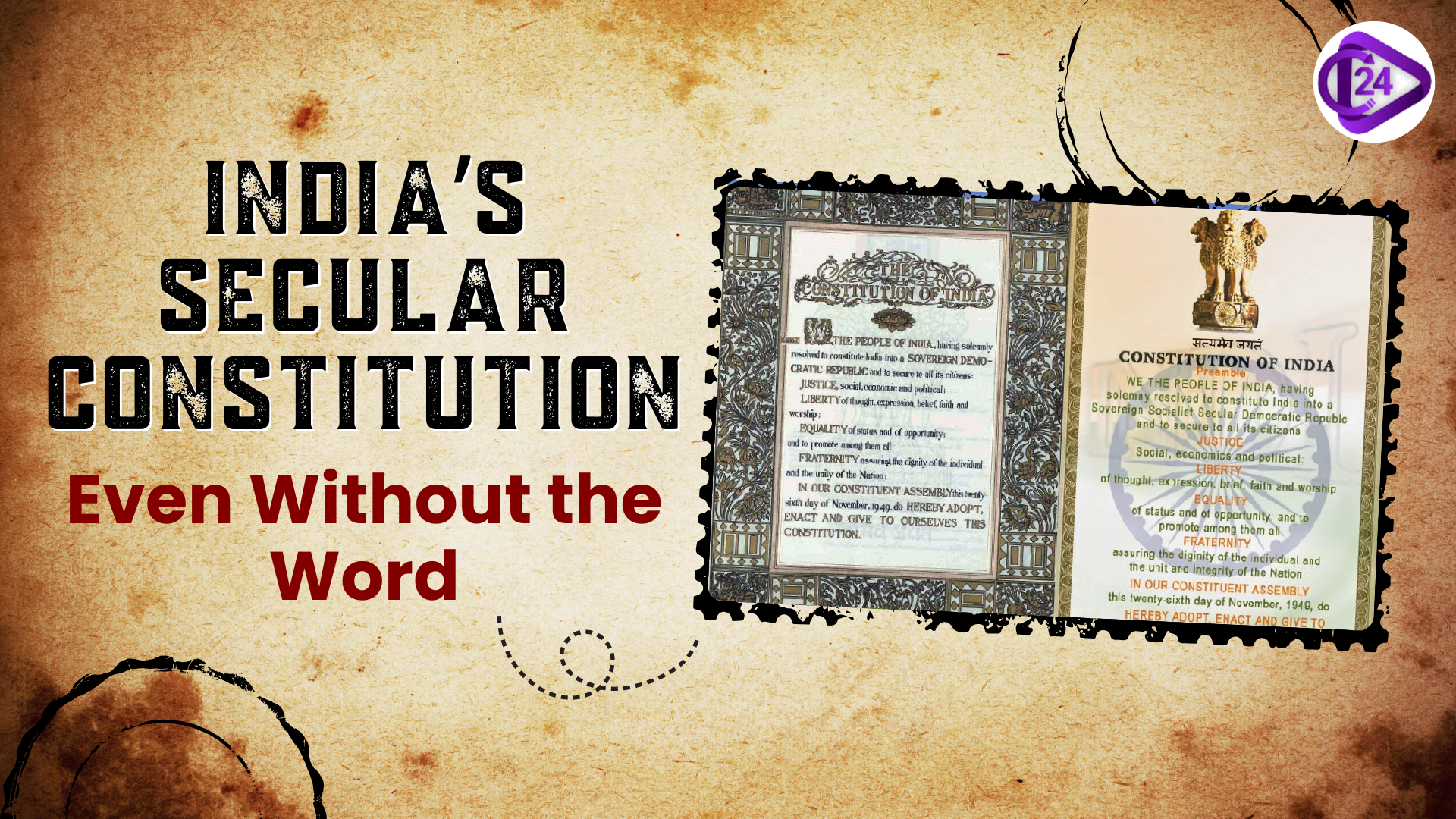 India’s Secular Constitution, Even Without the Word
India’s Secular Constitution, Even Without the Word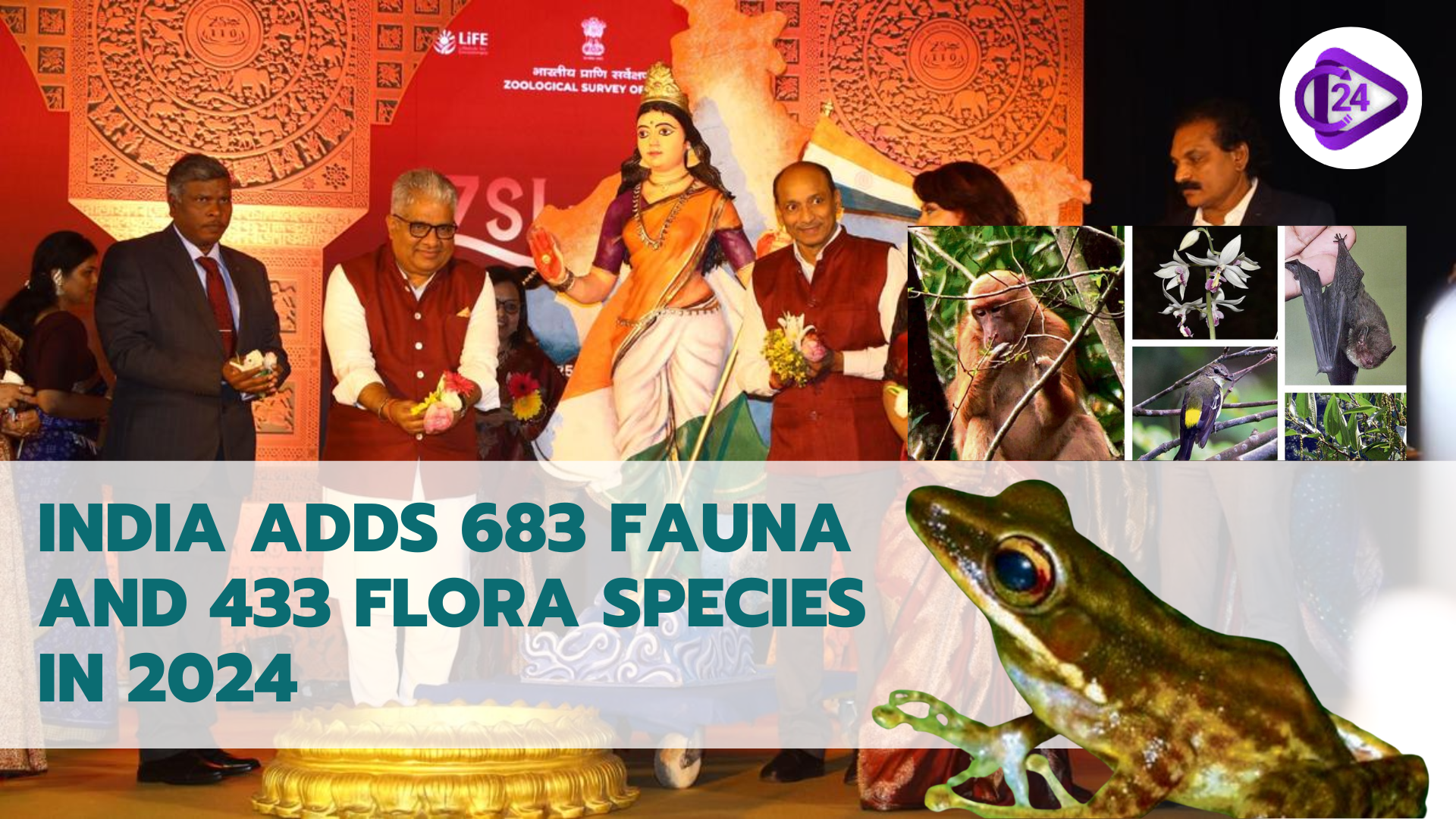 India Adds 683 New Fauna Species and 433 Flora Taxa in 2024
India Adds 683 New Fauna Species and 433 Flora Taxa in 2024 52 Villages Along LAC and LoC in Ladakh to Get Reservation Benefits
52 Villages Along LAC and LoC in Ladakh to Get Reservation Benefits India Puts a ban to Jute Imports by Bangladesh through Land and Sea Ports
India Puts a ban to Jute Imports by Bangladesh through Land and Sea Ports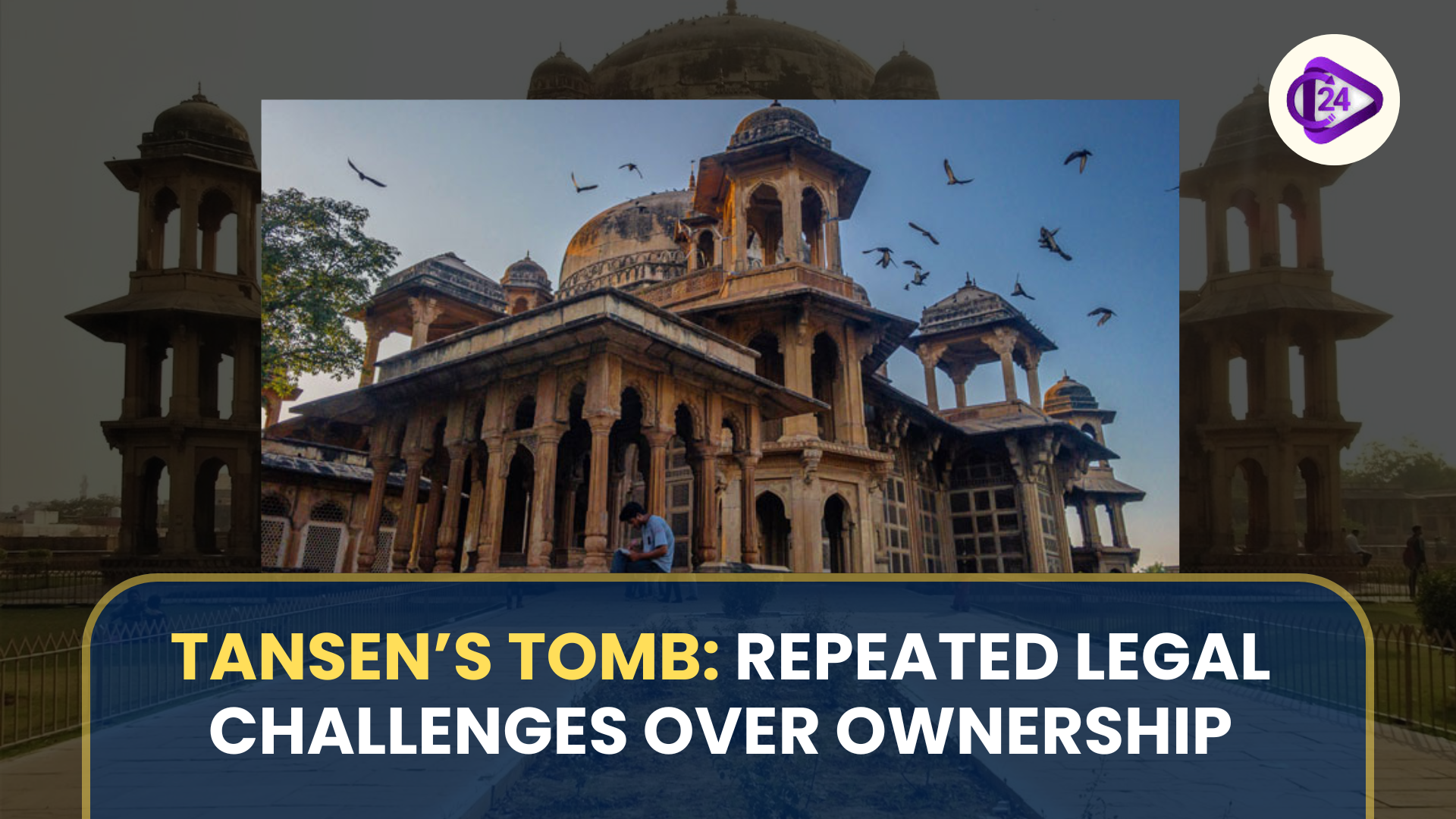 Bid to Snatch Control of Tansen’s Tomb: Repeated Legal Challenges Over 16th Century Monument
Bid to Snatch Control of Tansen’s Tomb: Repeated Legal Challenges Over 16th Century Monument The Big AI Shake-Up: Bengaluru's Response to Workforce Disruption
The Big AI Shake-Up: Bengaluru's Response to Workforce Disruption Centre Plans Initiative to Boost Execution of Tribal Schemes
Centre Plans Initiative to Boost Execution of Tribal Schemes Shubhanshu Shukla: First Indian to Enter International Space Station
Shubhanshu Shukla: First Indian to Enter International Space Station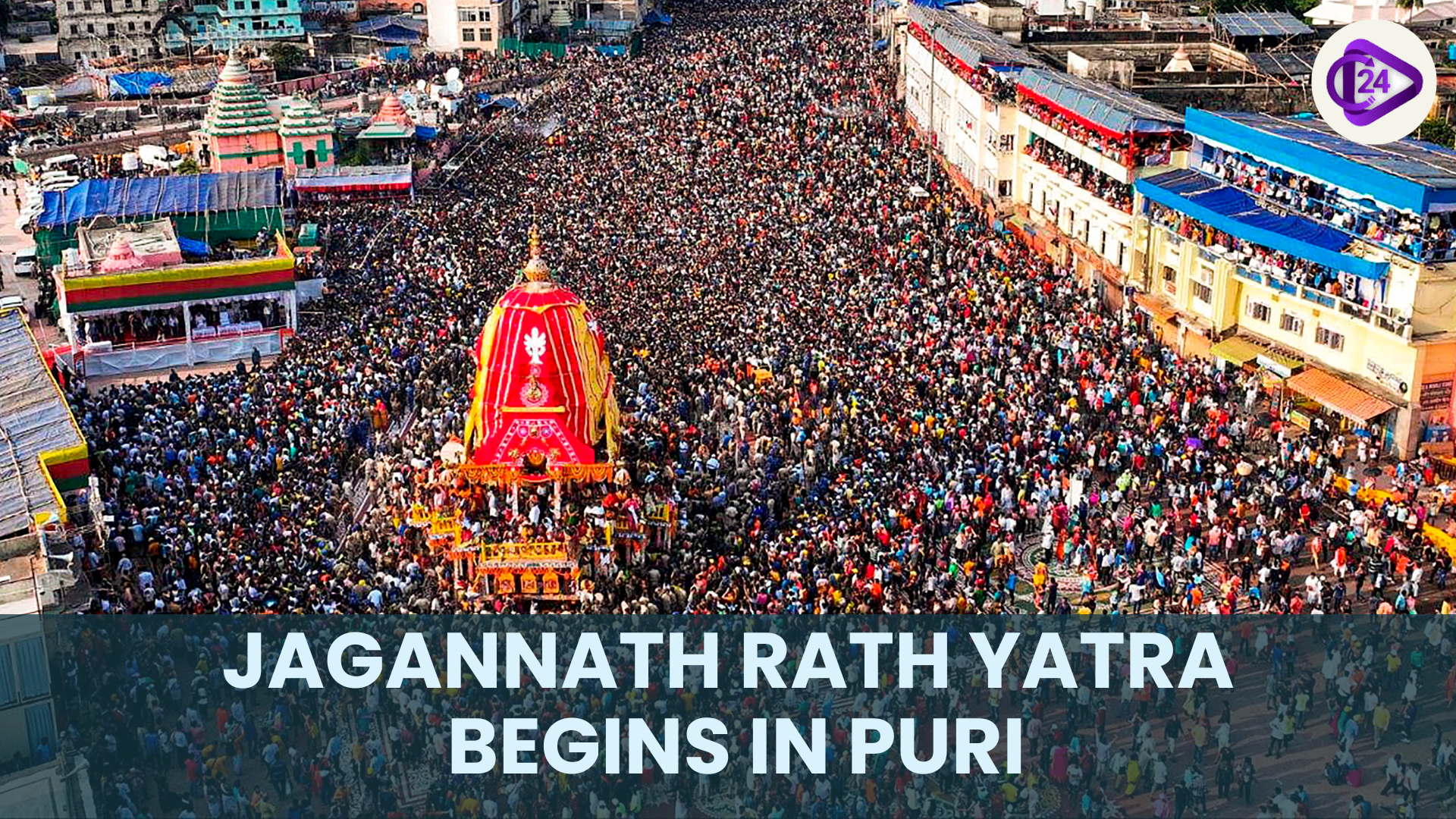 World Famous Rath Yatra of Lord Jagannath will kick start today at Puri in Odisha
World Famous Rath Yatra of Lord Jagannath will kick start today at Puri in Odisha






